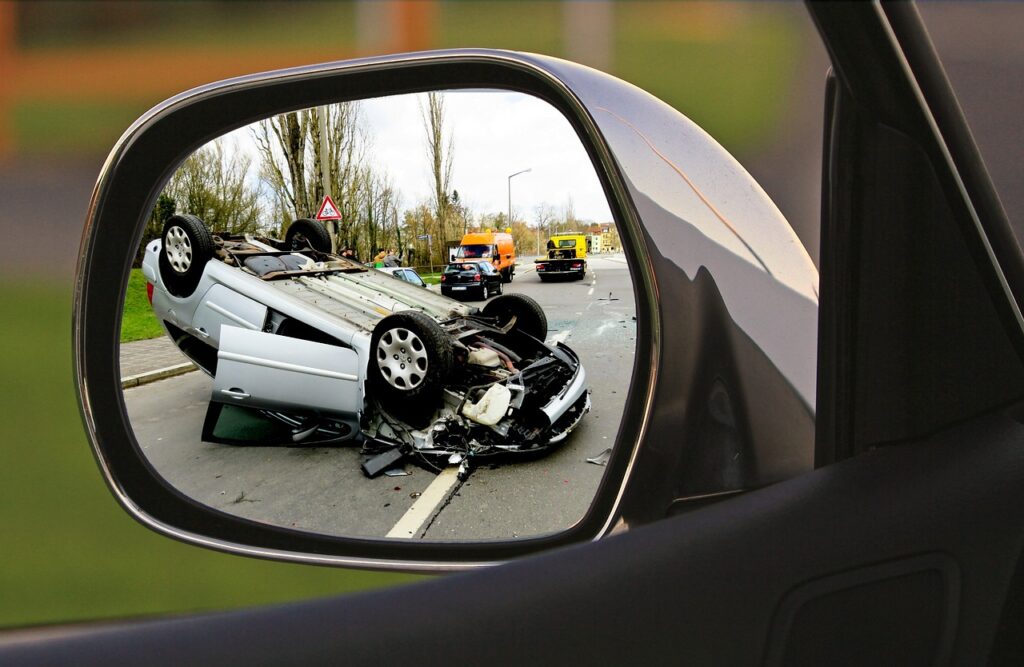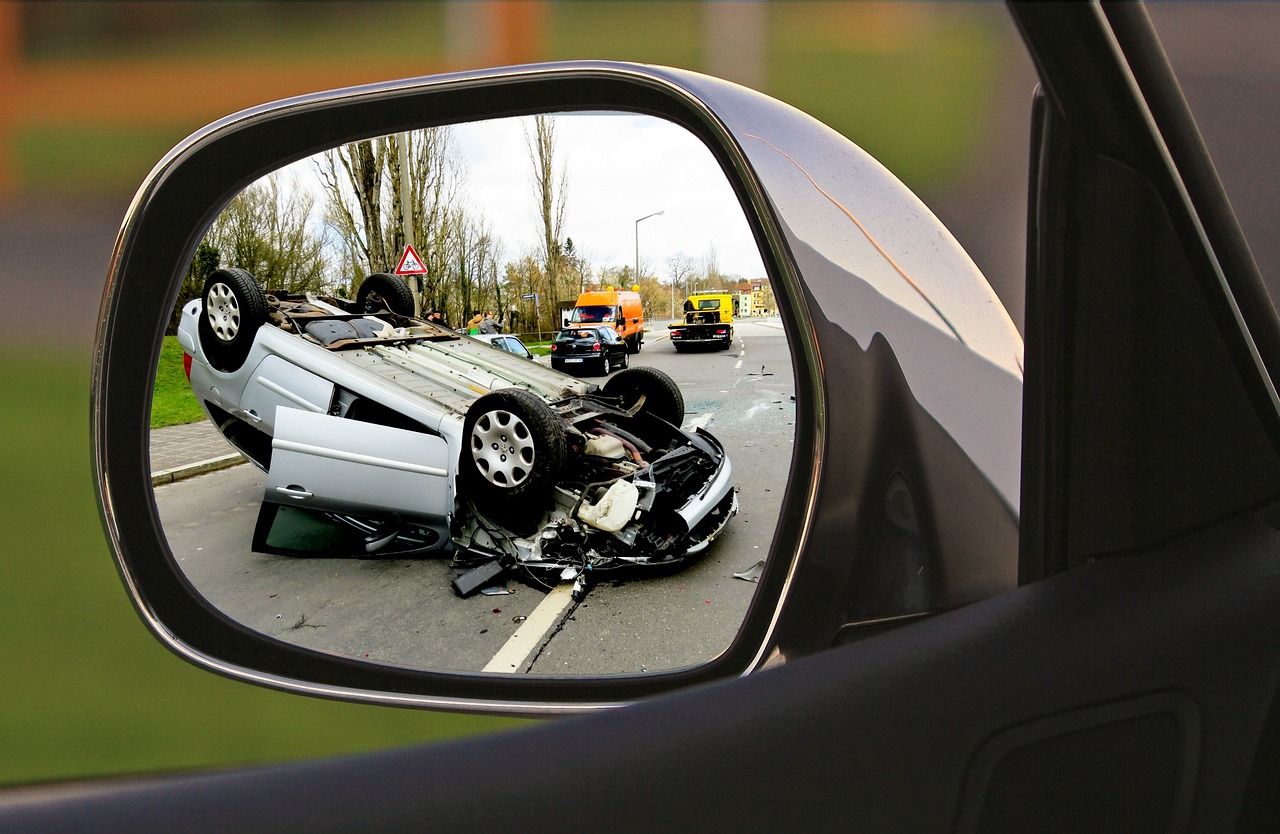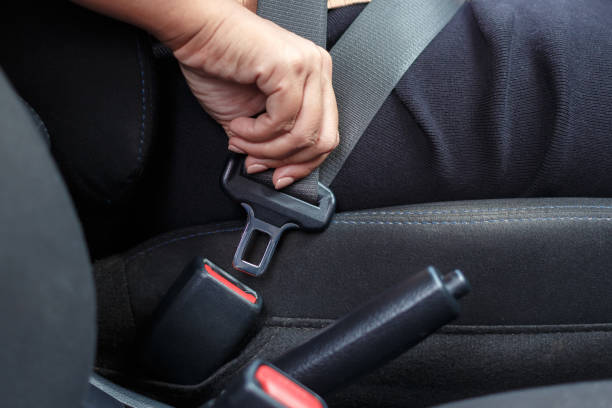Road Accident Prevention Tips: How to Protect Yourself and Others

It causes great damage in the form of injury and death from road accidents worldwide. However, most of these accidents are avoidable and can be reduced by following the make people attentive to potential hazards. Here are some vital tips for road accident prevention to keep you and others safe on the streets in this article.
Stay Focused and Avoid Distractions
Needless to say, one of the most important things an individual can do while driving is stay attentive. Distracted Driving in a Leading Factor of Accidents Texting, eating, tuning music or talking with passengers are typical distractions. Touching on distractions, your phone should ideally be kept out of arm’s reach while food: Stay off the roads until you are finished eating and fiddling with controls before setting off. If you stay focused, then you can respond to any unexpected situation quickly and prevent accidents.
Obey Speed Limits and Adjust to Conditions
Speed is a great element in all our road accidents. It is important to obey speed limits, which are there for the safety of drivers, passengers and pedestrians. Also, drive at a appropriate speed for the roads. They include things like reducing speed to take into account adverse weather such as rain, fog or snow and in heavy traffic areas of the country where road conditions are poor. Driving at a speed that allows you to correct potential hazards and staying within the most minimal of accidents if they should happen is important.
Keep A Safe Following Distance
Rear-end collisions frequently occur as a result of following at an unsafe distance, otherwise known as tailgating. If you keep a secure distance, then at the moment of braking from the car in front will have time to stop. Aim for the three-second rule – pick a fixed spot on the road ahead and when vehicle in front passes that point, make sure you count three seconds before your vehicle does so. Allow more distance in bad weather or driving a heavy vehicle.
Use Seatbelts and Child Safety Seats
One of the easiest and most effective ways to save your life in a car accident is via seatbelts. Be sure to buckle up and insist that your passengers do the same. Use child safety seats for children based on their age, weight and height. Correctly installed car seats reduces baby accident injury by a wide margin. These procedures are not only just good for improving safety, but also legal requirements in many places.
Avoid Driving Under the Influence
Alcohol or drug impaired driving is highly reckless and greatly contributes to the possibility of accidents. Alcohol and drugs will effect your judgement, coordination as well the time that it takes for you to get set up behind the wheel. If you decide to go out and drink, line up a designated driver or use public transportation/ride-share. Furthermore, use caution with prescription medications that may influence your ability to drive safely.
Be Aware of Blind Spots
Blind spots : Areas that cannot be seen using mirrors. Physically check your blind spots by turning and looking over you shoulder before changing lanes or merging. Properly adjust mirrors so blind spots are minimized, and be aware of large trucks other vehicles that have areas near them in which you cannot see. Recognizing blind spots can help reduce the potential for incidents with other road users, including cars, bikes and pedestrians.
Obey Traffic Signals and Signs
Traffic signals and signs are regulated to properly manage the flow of traffic such that it is safe. It is crucial to comply with these signals and signs in order to avoid accidents. Accidents are also often attributed to running red lights, failing to stop at a posted sign and failure learn who has the right of way. Observe the traffic signs and indicators with care, adhere to them meticulously so as not to interfere in possible accidents or put an end into the free passage of vehicles.
Keep up with regular maintenance on your vehicle
It is of tremendous importance to maintain your vehicle, so that driving stays a safe experience! Have your breaks, tires and lights checked on a regular basis along with other necessary parts. Make sure your tires are appropriately inflated and have good tread depth. Check out your brake fluid periodically, oil and other fluids to maintain your car in good working problems. A properly tuned vehicle will put you at less of a risk for mechanical failure that could cause an accident.
Use Indicators and Signal Your Intentions
Indicators, or turn signals are used to let other drivers now your intentions. Use your turn signals when changing lanes, turning or merging. Indicators prevent misunderstandings and crash by signalling other vehicle driver’s what you plan to do. Also, as part of your standard vehicle maintenance make sure that the indicators are working properly.
Stay Calm and Avoid Aggressive Driving
If you remain calm and change your behavior, so that no aggressive driving is committed the decision to issue a warning can be more favourable. Aggressive driving (eg, speeding, tailgating and road rage) poses a danger to all drivers by increasing the risk of crashes. Calm your nerves, no matter the traffic jam or marathon of honking cars. Steer clear of hostile drivers -and do not engage back. This creates opportunities for better decisions and reduces the chance of aggressive behavior which might lead to accidental causes.
Be Wary at Intersections
Crashes often happen at intersections Always use caution when you pass through intersections even if the traffic light is green. Scan for other cars, cyclists and pedestrians; be ready to stop if necessary. Wait at the light until it turns green, and then watch for cars making red-light runs. By taking care at intersections, drivers can avoid accidents and protect everyone who uses the road.
Take Breaks and Prevent Fatigue
Fatigue driving is equated to alcohol-highway safety. A tired driver reacts slowly, makes poor choices or fails to make a choice at all and is less aware. Stop regularly on long trips to relax and refresh. If you become tired during the drive, stop at a safe place and take some time to short nap or switch drivers where possible. Do not drive during the very early hours of morning when you would usually be asleep. You stay fresh and awake to be more responsive while driving.
As a Final Consideration
Ensuring that these crucial measures of preventing road accidents are observed will definitely go a long way in improving one’s / the user’s safety and the safety of others on the road. Reducing distractions, observing the legal speed limit, leaving enough space to the car in front and regular vehicle checks are other ways of avoiding avoidable accidents. Also, one should know about blind spots, indicators as well as being free from stress and panic for safe driving. In this case, the following practices will help to ensure that you are among those who are promoting a safer way of driving and thus preventing road accidents.













Post Comment